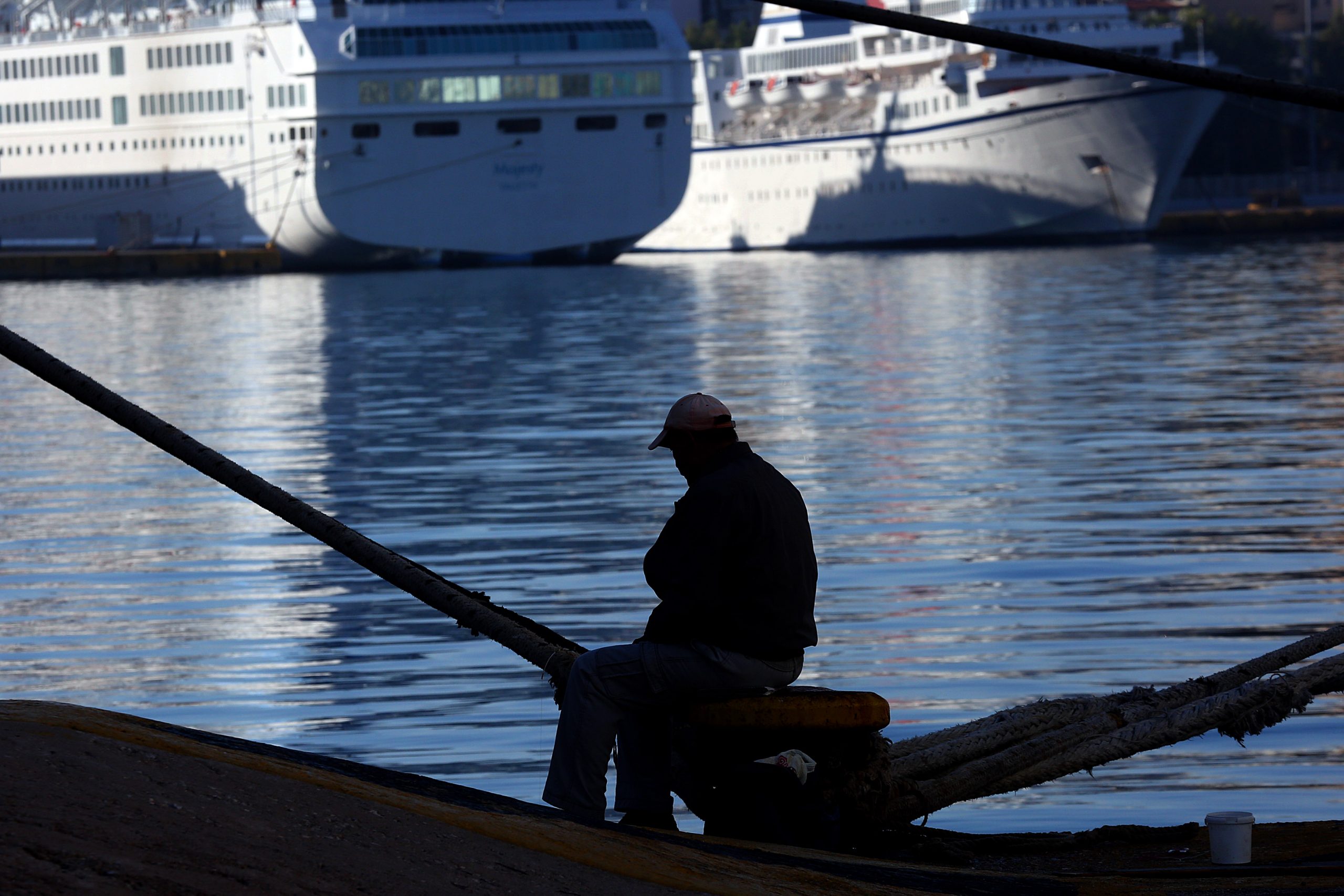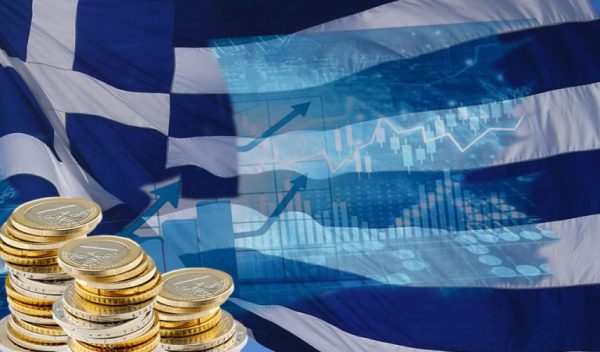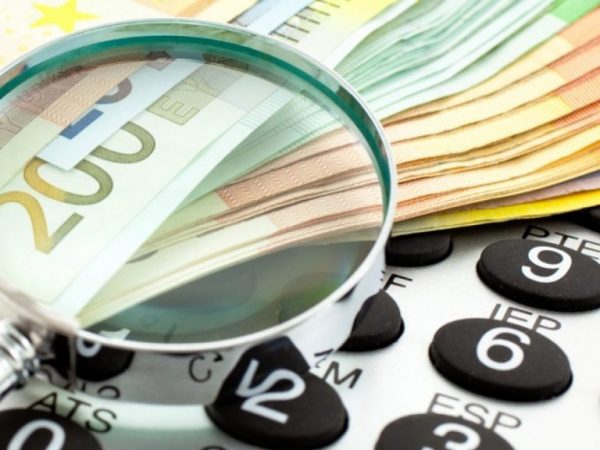
The international shipping market seems to have returned to pre-pandemic levels, with data predicting a further recovery in 2023. In fact, countries such as Italy, China and Japan are leading the race, both in terms of active fleet and new orders passenger – ferry ships.
According to figures from data house VesselsValue, fleet growth is evident and the numbers show steady year-on-year growth. In fact, in 2022 an increase of 13.2% in cargo transportation (+1.47 million GT) and 16.2% in transport capacity (+116,285 Lane Meters) was recorded. In contrast, passenger capacity increased at a slower pace, +8.6%. All the shipping companies active in the sector present a similar picture, with survey stocking on the “thorn” of the aging fleet, especially in Europe. As highlighted, almost a quarter of the fleet over 12,999 GT is aged 30 years or over and comprises 109 vessels. This, according to VesselsValue, is a high percentage and if these ships were part of ocean shipping they would already be on their way to the scrap yards. However, this is not the case for coastal shipping, with Cruise Ferries operating well into their forties in the waters of the Baltic and Mediterranean.
“Anemos”
Making special reference to the value of used passenger – ferry ships, VesselsValue brings as an example the newly acquired contract vessel “Anemos” of Aegean Sea Lines, of the Eugenides Group.
The new ship (formerly “Rosella”) that raised the Greek flag in Marienhamn, Finland and lifted anchor bound for the Aegean waters, was acquired by Viking Line for 11.25 million euros, as the Norwegian company announced to the Oslo Stock Exchange . According to the company, “Anemos” has a gross tonnage of 16,850 tons, is 136.11 meters long and can reach a maximum speed of 21.2 nautical miles per hour, while it can carry 1,700 passengers and 345 cars or 55 12-meter trucks – as it has becomes known, it will undergo minor modifications in Greece and will be launched from the beginning of the summer of 2023 in the Western Cyclades.
The Top 10
The Italians are the protagonists in this market, which has a total value of hundreds of billions of dollars, with the total value of the fleet (over 12,999 GT) amounting to 4.04 billion (16.8% of the market), including active vessels. China ranks second with a value of 2.64 billion (11%), followed by Japan (2.56 billion / 10.6% of the market).
It is worth noting that eight of the top ten coastal shipping nations are European, however Greece is absent from the specific data. According to the company’s data on the global fleet of ferries, Greece is not included in the 10 largest ship-owning companies. More specifically, the first by far is Italy, followed by China, Japan, Sweden, Spain, Estonia, France, Denmark, the United Kingdom and in 10th place is Finland.
As VesselsValue points out, the value of passenger-vehicle ferries is likely to come under increased pressure later this decade when the International Maritime Organization’s (IMO) new green CII (Carbon Intensity Index) regulations come into full force. This, according to VesselsValue, will force shipowners to send their vintage vessels (about 23% of the fleet) to scrap yards.
Finally, as the threat of a major global recession grows and could potentially become more devastating than the previous one, according to the data presented, it would be capable of weighing on the profits and values of the major shipping companies in the medium term.
Latest News

IMF: US Tariffs Shake Global Economy, Outlook Downbeat
IMF slashes global growth forecast to 2.8% as U.S. tariffs create uncertainty and ‘negative supply shock

First Step Towards New Audiovisual Industry Hub in Drama
The project is set to contribute to the further development of Greece’s film industry and establish Drama as an audiovisual hub in the region

Airbnb Greece – Initial CoS Ruling Deems Tax Circular Unlawful
The case reached the Council of State following annulment applications filed by the Panhellenic Federation of Property Owners (POMIDA)

Mitsotakis Unveils €1 Billion Plan for Housing, Pensioners, Public investments
Greek Prime Minister Kyriakos Mitsotakis has announced a new set of economic support measures, worth 1 billion euros, aiming to provide financial relief to citizens.

Alter Ego Ventures Invests in Pioneering Gaming Company ‘Couch Heroes’
Alter Ego Ventures' participation in the share capital of Couch Heroes marks yet another investment by the Alter Ego Media Group in innovative companies with a focus on technology.

Corruption Still Plagues Greece’s Driving Tests
While traffic accidents continue to claim lives on Greek roads daily, irregularities and under-the-table dealings in the training and testing of new drivers remain disturbingly widespread

Pope Francis Died of Stroke and Heart Failure Vatican Confirms
As news of the official cause of death spread, tributes poured in from across the globe. The 1.4 billion-member Catholic Church is united in grief, remembering a pope who championed inclusion, justice, and compassion

Increase in Both Museum Visits, Revenues for 2024
As expected, the Acropolis was the top archeological site in the country, followed by Sounion, Mycenae, the ancient theater of Epidaurus, and Vergina in northern Greece

Where Greece’s Tourists Come From: A Look at 2025’s Top Visitor Markets
The United Kingdom continues to hold the top spot as the largest source of incoming tourism, with 5.6 million seats booked for Greece this summer — up 2.2% from last year. This accounts for 20% of all international air traffic to Greece

Pope Francis: A Pontiff Who Reshaped the Papacy and Sparked a Global Conversation
His first words from the balcony of St. Peter’s Basilica—“Brothers and sisters, good evening”—set the tone for a pontificate that would challenge norms, favor mercy over dogma, and bring the papacy closer to the people.












![Πλημμύρες: Σημειώθηκαν σε επίπεδα ρεκόρ στην Ευρώπη το 2024 [γράφημα]](https://www.ot.gr/wp-content/uploads/2025/04/FLOOD_HUNGRY-90x90.jpg)



![Ξενοδοχεία: Μεγάλο το ενδιαφέρον για επενδύσεις στην Ελλάδα – Η θέση της Αθήνας [γραφήματα]](https://www.ot.gr/wp-content/uploads/2025/03/Athens-hotels-90x90.jpg)
























 Αριθμός Πιστοποίησης
Αριθμός Πιστοποίησης